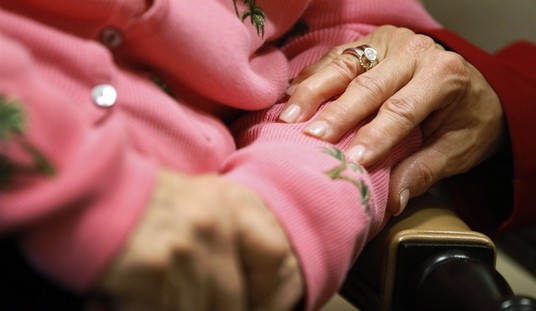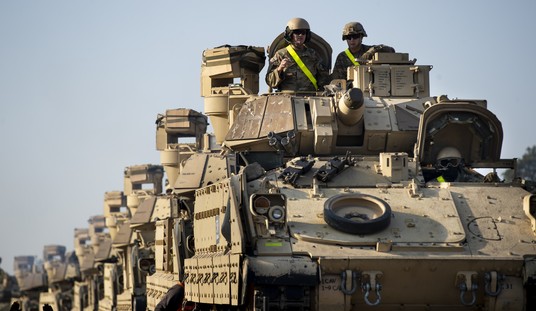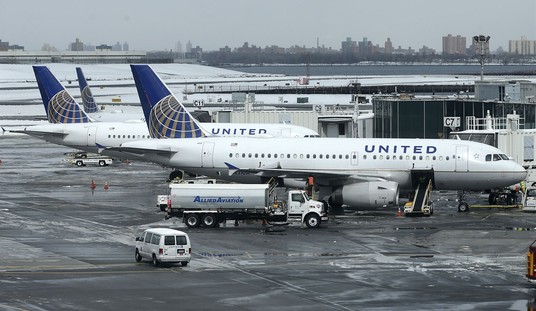I’m going to try and keep this as spoiler-light, as possible, but if you have been considering binge-watching the History Channel’s hit series, “Vikings,” you may want to proceed with caution.
For starters, I’ll say that I was not onboard with the series when the first season premiered in March of 2013. Only very recently (Try: this month) did boredom spur me to sit down to watch online, and that turned into a full binge session.
Filmed in Ireland, the show’s premise is set in exploring the tales surrounding Ragnar Lothbrok, a legendary Norse king.
Of course, the TV version is highly dramatized, as can be expected. So much of Norse legend from the 8th or 9th century was carried by word-of-mouth. There were few scribes to write the tales down, as they happened, but there are 10th through 12th century collections of the legends.
What we know about the Viking culture is that they were a brutal breed. There are moments in the series where you get a glimpse, but truly, a glimpse of reality is all the network can afford to show and still hope to remain on the air.
They also worshiped Norse gods, such as Odin, Thor, and Freya. The sacrifices to these gods are a frenzy of blood and sex.
Worlds collide in the first season, when Ragnar, still just a farmer, recruits a number of others to travel with him west by ship, in search of other lands. They land in England and overtake a monastery, killing many of the monks there, taking others as slaves.
Of those enslaved monks is Athelstan, who Ragnar takes into his home to serve he and his wife, Lagertha, and their two children.
Along the way, Athelstan becomes a friend and confidante to Ragnar. He is released and made a free man, although Ragnar, throughout the series, seems deeply devoted to the bond they’d formed and is unwilling to simply allow him to leave his counsel.
For his part, Athelstan assimilates to his new culture, learning the language and the ways of the Vikings. He also finds himself walking between two faiths: Longing for his Christian God, but admiring Odin and Thor.
He endures quite a bit of verbal and sometimes physical abuse from the Norsemen, because of his Christian roots.
Through it all, however, his bond with Ragnar remains firm, and he is the one person Ragnar trusts without question.
Here is where it gets interesting: Ragnar, unlike his clan, is not so opposed to Christianity that he sees them as the enemy. He is open to hearing about the Christian God.
At one point, he takes Athelstan to a lush garden, facing a majestic waterfall, and says, “I hope one day, your god and our gods can be friends.”
He even has Athelstan lead him in the Lord’s Prayer.
The History Channel has poured a lot of money into this series and it has paid off for them. It is their highest rated series, ever, and routinely draws a bit over 6 million viewers a week.
While the series creator, Michael Hirst, has not specifically said that this series was meant to be anything other than a retelling of the legend of Ragnar Lothbrok, there really does seem to be more to it.
If you haven’t seen it, be forewarned (and if you have seen it, you can confirm) – it is full of brutality, pagan ritualism, scenes of violence and sexual content. It’s your basic premium cable channel fare.
The Christians in the program, represented by the Saxons and Franks, are often portrayed as hypocritical and violent, plotting treachery in the same breath as they praise God.
The Vikings, of course, are not much better, so with the possible exception of Athelstan, there are very few virtuous characters.
All throughout the show, from season to season, in spite of everything else, it is the clash of cultures and faith that underpin the series.
Athelstan goes on a spiritual journey, trapped between the two worlds, and his struggle of spirit is documented.
Ragnar begins to question his Norse gods, drawing closer to the Christian God, much to the concern of those in his inner circle. That he put more faith and trust in a former monk than his own kinsman was unbearable for some.
The actual Christianization of Scandinavia took a bit of doing. Sometime during the 8th and 12th century, missionaries began to drift through the area, challenging the polytheism of the Nordic tribes. One particular scene from the third season of “Vikings” depicts an encounter between an ambitious missionary and the people from Ragnar’s village.
We’ll say it did not go well for the Christian.
Christianity did, eventually, win out, with Catholicism and Lutheranism becoming prominent throughout the lands once dedicated to the “old gods.”
If you watch this show with only thoughts of seeing brutal, tribal infighting, Berserker rage, and some pretty awesome period scenery, you won’t be disappointed.
If you look deeper, however, is it undeniable that every episode is drenched in spirituality. Watching the king, Ragnar Lothbrok, inch ever closer to a Damascus Road experience, deeply affected by his relationship with a gentle, Christian monk is powerful.
I’ve tried to avoid the pitfall of spoilers here. There’s so much more to the series, and if you haven’t seen it, I recommend it.
I also recommend that you who haven’t seen it, go into it with an open mind.
Peeling back the layers of blood and war, you can see the uneasy evangelism of the emerging church, and it’s fascinating.













Join the conversation as a VIP Member